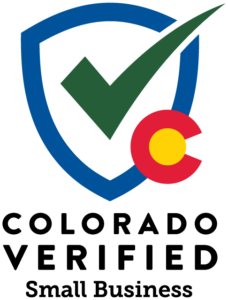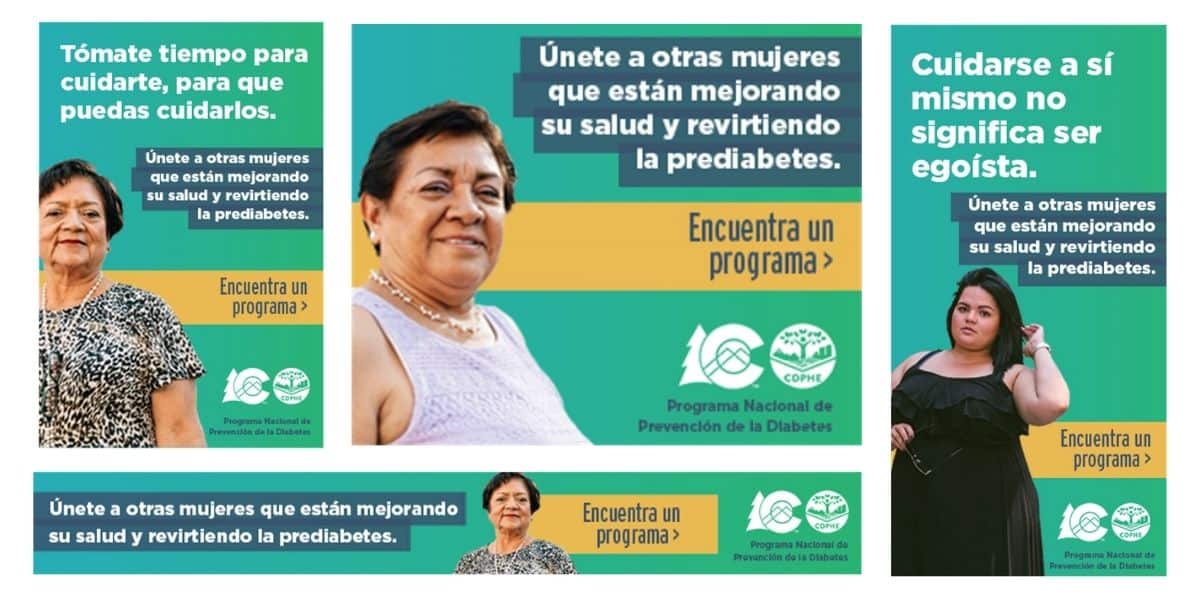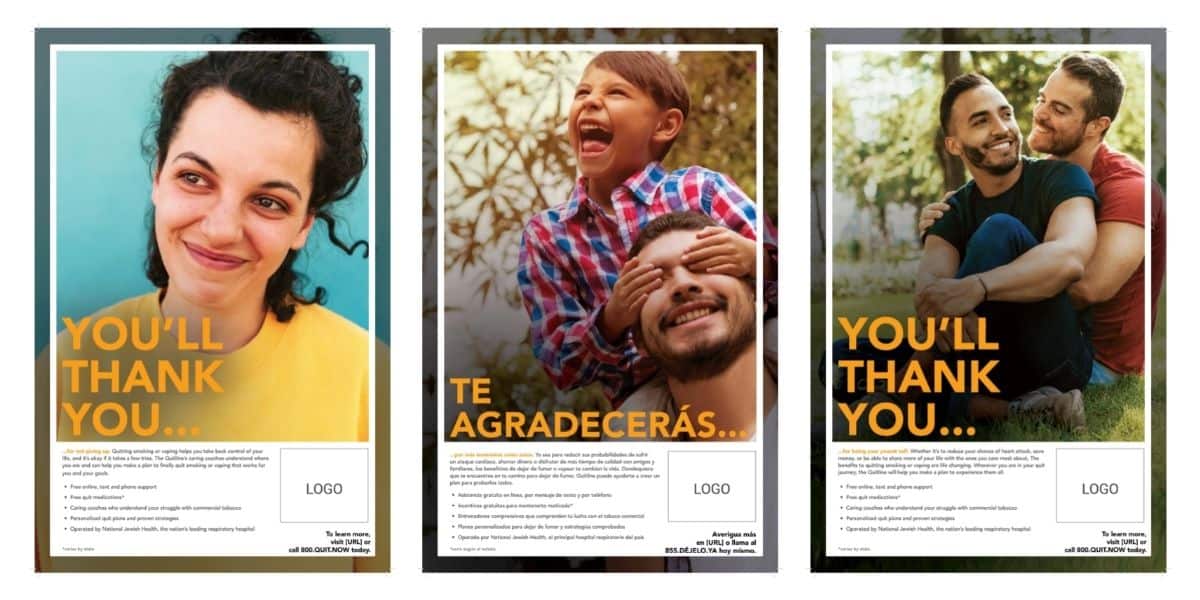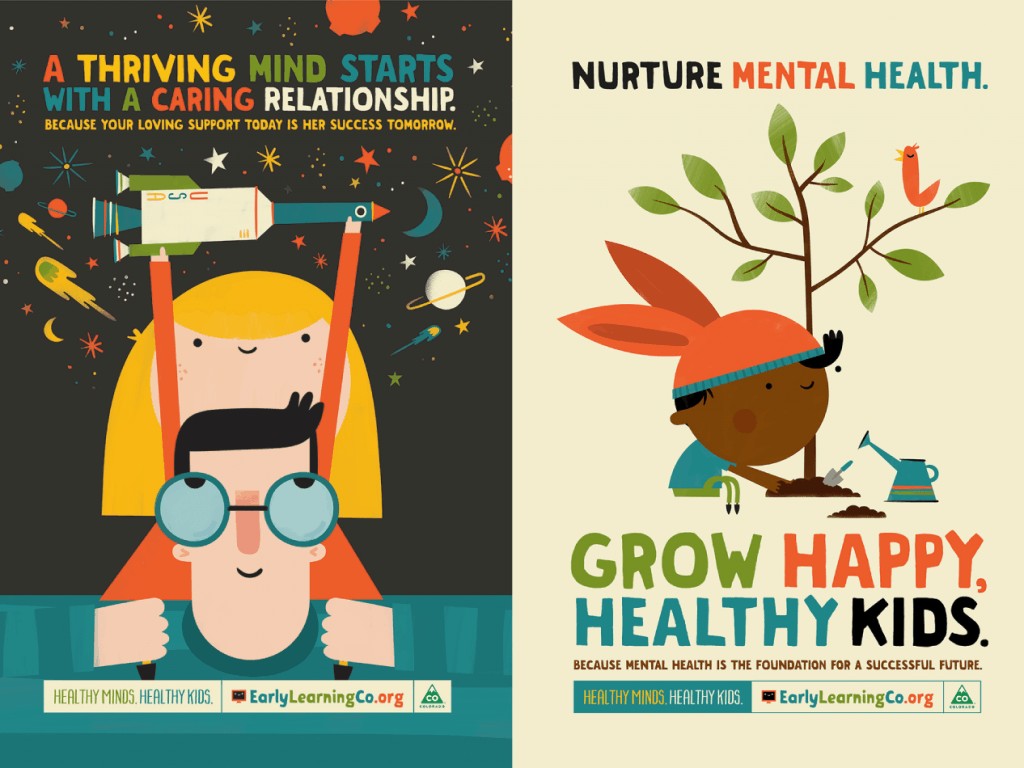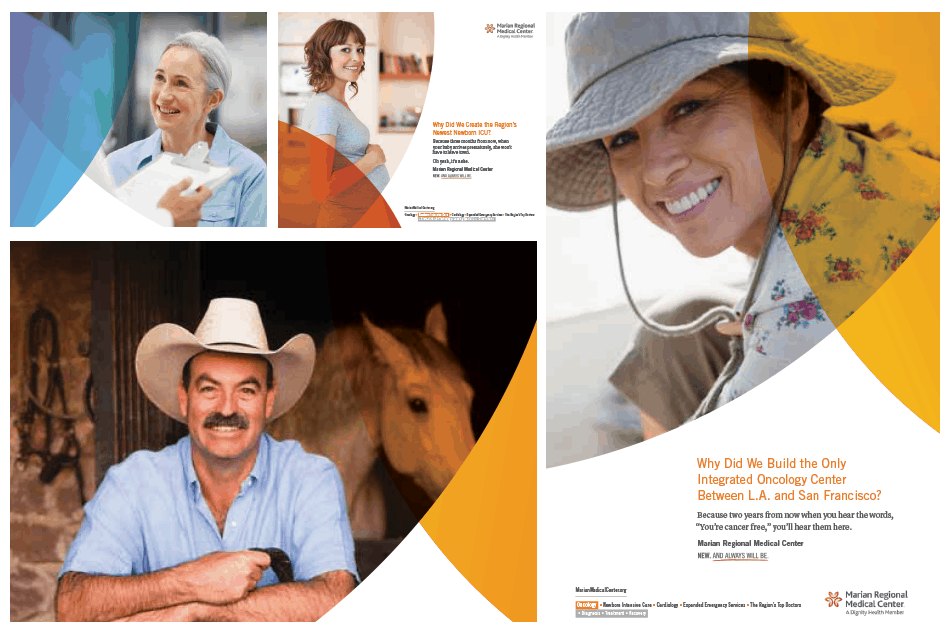In fact, more than 5,700 Colorado kids under the age of 18 become new daily smokers, and one-in-three will die from their addiction. Both points prove why it is important to stop young Coloradans from using tobacco now.
The Colorado Department of Public Health and Environment sought SE2’s help to tackle this part of the tobacco problem by promoting the State’s tobacco cessation program – known as the Colorado QuitLine – to Colorado’s young adults via social media.
Our challenge was to use Facebook and Twitter to provide support to young Coloradans who are trying to beat their tobacco addiction and to motivate others to consider quitting.
Add the constraints of a limited budget, an existing evidence-based cessation process that we would not deviate from, and shifting social media trends and you can see the challenge. (And did I mention that only a handful of States have tried using social media for tobacco cessation? Clearly we were venturing into uncharted waters.)
So, how did we create a social media content strategy that works within these parameters while engaging and entertaining our key audiences? Well, we can’t divulge it all, but here are two things you can learn from our approach.
Tip: Originality is king.
Hand-drawn creative gets noticed. It’s personal…and surprisingly inexpensive.

The solution we developed uses all hand-drawn, original creative to give the Colorado QuitLine’s social media presence a personal and organic feel. The approach reflects the experience that the Colorado QuitLine’s offline tobacco cessation support offers. Plus, it’s surprisingly cost-effective.
This approach also solved another problem. Text-only Facebook posts don’t take advantage of the real estate Facebook offers in users’ news feeds. Worse yet, text-only posts are increasingly ignored by users. Our strategy almost completely eliminated the need for text-only posts. So, make use of all of the space Facebook gives you to tell your story and promote your messages to help your content get noticed.
Tip: Stick to your key messages, but make sure they
work within the social media environment.

It’s easy to end up in wonky-talk-ville. But social media users – like Internet users in general – don’t read, and they have short attention spans. So, balance evidence-based messaging with fun, engaging content that encourages participation (i.e., the “social” part of “social media”). Furthermore, impart a tone and voice that matches the platform (e.g., on Twitter be brief and direct).
We’ve only just launched the campaign but we’re super excited about what is yet to come. Follow along and see where this goes next…
Colorado QuitLine on Facebook
Colorado QuitLine on Twitter

